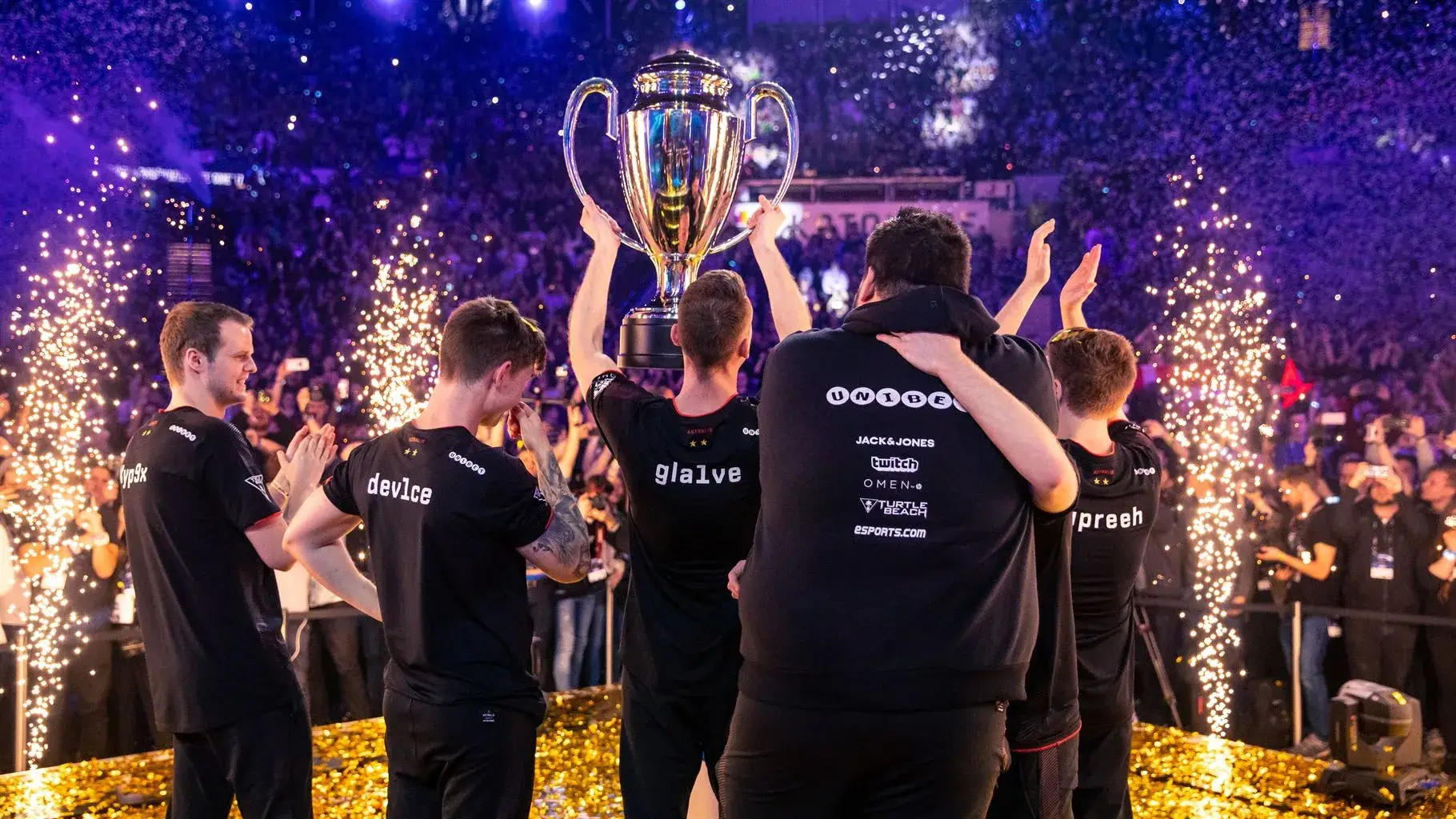Serie A is the stage on which Italy’s best football teams produce legendary performances that are remembered by millions of fans around the world. It is associated with drama, exciting matches and, of course, great players. Let’s take a look at the stories of legendary clubs and players who have left their mark on the history of Serie A and world football.
AC Milan: the birth of a legend
AC Milan was founded in 1899 by English emigrants Alfred Edwards and Herbert Kilpin. As early as 1901, the club won its first Italian championship and began to forge its greatness. From the first years of its existence, Milan showed outstanding play and the will to win, quickly making the club one of the leaders of Serie A. The main colour of the uniform, red and black, symbolised passion and determination, which was also reflected in the spirit of the team.

An era of dominance: the 1990s
The 1990s were a truly dominant era for AC Milan. Under Fabio Capello, the club won many trophies, including the Champions League in 1994, when they beat Barcelona 4-0. This victory became one of the most important in the club’s history. It was one of the most important victories in the team’s history. With a capacity of more than 80,000 spectators, the San Siro stadium became a gathering place for fans to watch stars like Marco van Basten, Frank Rijkaard and Ruud Gullit play. These players and coach Capello created a truly golden era when Milan won four Scudetto’s in five years and the stadiums were packed with fans.
AC Milan legends: Paolo Maldini
Paolo Maldini is the symbol of AC Milan and the epitome of loyalty. He began his career in 1985. Maldini played more than 1,000 games for Milan, won the Champions League five times and won seven Serie A titles. His unrivalled defensive prowess, leadership qualities and ability to lead a team made him one of the most respected figures in world football. Besides Maldini, AC Milan has had great players like Franco Baresi, Andriy Shevchenko, who scored more than 175 goals for the club, and Kaka, Ballon d’Or winner in 2007. The legends of Italian football are forever in the hearts of Milan fans.
Internazionale: when the spirit of football became synonymous with success
Inter was founded in 1908 by a group of people frustrated by Milan’s restrictions on foreign athletes. From its inception, the club embraced a philosophy of multiculturalism, which helped win the hearts of many fans. In the 1930s, Inter won its first trophies, including two Scudettos. However, the road to greatness was not easy. Its history is full of dramatic moments, such as the forced name change to Ambrosiana in 1928 because of the political situation in the country. Despite this, the club has always shown resilience and the will to win, allowing it to return to its roots and win titles.
Triumphant seasons under Jose Mourinho
In 2010, Jose Mourinho’s Inter became the first Italian club to complete the treble: winning the Italian league, the Italian cup and the Champions League. This success was made possible by Diego Milito, who scored both goals in the Champions League final against Bayern Munich, and Wesley Sneijder, who played a key role in midfield.
Inter legends: Giuseppe Meazza
Giuseppe Meazza is one of the big names in Inter’s history. He made his debut for the club in 1927, at the age of 17, and became Serie A’s top scorer three times. Meazza scored more than 280 goals and led the team to the championship twice. The stadium where Inter still play their home games is named after him. The best players in Serie A owe a lot to Meazza, as his influence on the game and his contribution to football have made him a true icon of the game.
Juventus: the team that changed Italian football
 Juventus was founded in 1897 by students of Massimo D’Adzello’s Lyceum in Turin. From the beginning, the club was characterised by a desire to dominate on the pitch. As early as 1905, Juventus won its first Italian league title. Italian football owes many innovations to Juventus, such as the introduction of a professional approach to coaching and strategic team management.
Juventus was founded in 1897 by students of Massimo D’Adzello’s Lyceum in Turin. From the beginning, the club was characterised by a desire to dominate on the pitch. As early as 1905, Juventus won its first Italian league title. Italian football owes many innovations to Juventus, such as the introduction of a professional approach to coaching and strategic team management.
Trophy years: the Marcello Lippi era
The era of Marcello Lippi earned Juventus many titles, including the 1996 Champions League, when the team beat Ajax in a dramatic penalty shoot-out. Lippi formed a team that included stars Alessandro Del Piero, Zinedine Zidane and Gianluca Vialli. During this period, Juventus became one of Serie A’s most successful clubs, winning five league titles in eight years of football.
Juventus legends: Alessandro Del Piero
Alessandro Del Piero is a name not to be forgotten when talking about Juventus. He played for the club from 1993 to 2012, scoring more than 290 goals and becoming top scorer in history. Players around the world respected him for his technique, vision and ability to score decisive goals, such as his famous goal in the 1996 Champions League final. Del Piero was not only the face of Juventus, he inspired a generation of young talents with his professionalism and love of football.
Rome: the pride and grandeur of the Eternal City
Roma reached the pinnacle of success under Fabio Capello, winning the championship in 2001 after 18 years of waiting. This victory was a real highlight for the city and Roma’s matches are remembered for the incredible atmosphere in the stands and the extraordinary play of Francesco Totti and Gabriel Batistuta. Capello created a team that combined technique, strategy and incredible passion and the squad was able to compete with the best clubs in Europe.
Francesco Totti: Emperor of Rome
Francesco Totti began his career at the club in 1992 and played more than 780 games, in which he scored 307 goals. Rarely have legends been as dedicated to a club as Totti. He became a symbol not only of Roma, but of all of Italian football, including Serie A. His vision, incredible assists and goal-scoring ability made him one of the greatest sportsmen of his time.
Stadio Olimpico: the Wolves’ fortress
The Olympic Stadium is where fans gather to support their team. With a capacity of more than 70,000 spectators, every match is an unforgettable spectacle. The Stadio Olimpico is a real fortress, where the team feels the strong support of the crowd and the fans create a unique atmosphere that inspires the players to win.
Napoli: on the road to glory led by Maradona
Diego Maradona’s arrival at Napoli in 1984 marked a revolution. The club, which until then had been in the middle of the league, suddenly became a title contender. Maradona not only scored goals, but also inspired his teammates and brought confidence to the game. Under Maradona, Napoli became the first club from southern Italy to win the Italian championship, a historic moment for the whole country.
The modern era and the club’s ambitions
Today, Napoli continues to compete for titles, aiming to return to the top. Led by coaches Maurizio Sarri and Luciano Spalletti, the team shows brilliant, attacking football. Lorenzo Insigne and Victor Osimhen have become new heroes for fans, who think back to the days of Maradona and hope for new victories.

Conclusion
 Serie A is not just another league, but a true history of Italian football, where legendary clubs and players have written their names forever. It is the stage where drama unfolds, legends are created and emotions reach their peak. Italian football leaves no one indifferent.
Serie A is not just another league, but a true history of Italian football, where legendary clubs and players have written their names forever. It is the stage where drama unfolds, legends are created and emotions reach their peak. Italian football leaves no one indifferent.
 en
en  ru
ru  de
de  ar
ar  es
es  nl
nl  hi
hi  fr
fr  it
it  pt
pt  el
el 












